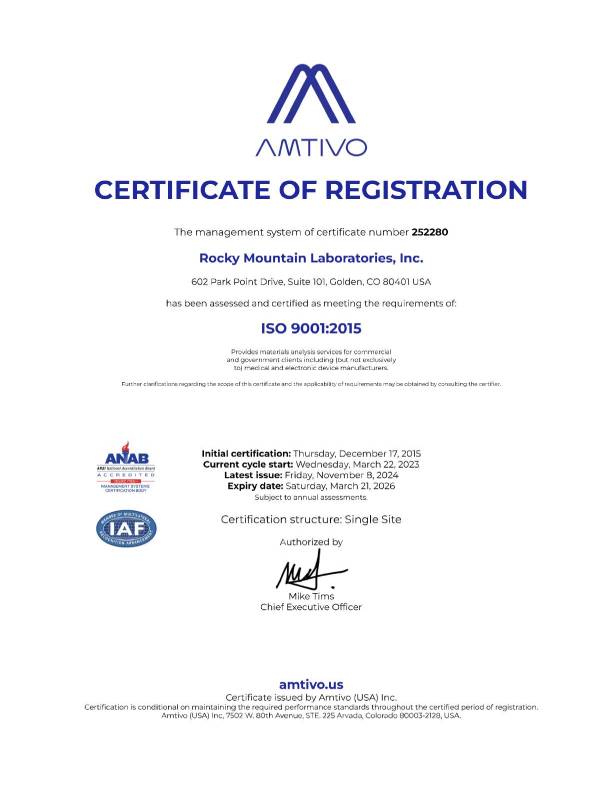Deconvolution and curve fitting are both techniques used in the analysis of FTIR (Fourier Transform Infrared) spectra to extract meaningful information about the composition of a sample. However, they are distinct methods with different purposes and approaches.
- Deconvolution:
- Purpose: Deconvolution is used to separate overlapping peaks in a spectrum, especially when individual peaks cannot be clearly distinguished.
- Process: It involves breaking down a complex peak into its individual component peaks, each representing a specific vibrational mode or chemical group.
- Application: Deconvolution is particularly useful when there is spectral overlap, and it allows for a more accurate determination of the number and positions of underlying peaks.
- Advantages: Provides a more detailed and accurate representation of the underlying molecular components contributing to the spectrum.
- Disadvantages: It requires a good understanding of the instrumental broadening and resolution, and the deconvolution process can be sensitive to noise.
- Curve Fitting:
- Purpose: Curve fitting is a broader technique used to fit a mathematical function or model to experimental data to describe the overall spectral shape.
- Process: It involves adjusting parameters of a mathematical function (such as Gaussian, Lorentzian, or a combination) to best fit the experimental spectrum.
- Application: Curve fitting is employed for various purposes, including determining peak positions, estimating peak areas (quantification), and overall spectral shape analysis.
- Advantages: Provides a quantitative analysis of the spectrum, allowing for the determination of concentrations of specific functional groups or compounds.
- Disadvantages: May not capture all details if the chosen model function is not appropriate, and it might oversimplify the true complexity of the sample.
Comparison:
- Overlap Resolution: Deconvolution is specifically designed to resolve overlapping peaks, whereas curve fitting is used for overall spectral analysis, including resolving and quantifying individual components.
- Complexity: Deconvolution is more focused on individual peaks, providing a more detailed view, while curve fitting provides a broader overview of the entire spectrum.
- Quantification: Curve fitting is often used for quantitative analysis, such as determining the concentration of specific components, whereas deconvolution is more about peak separation and identification.
In practice, these techniques are often used together. Deconvolution may be applied first to resolve overlapping peaks, followed by curve fitting for quantification and overall spectral analysis. The choice between these methods depends on the specific goals of the analysis and the characteristics of the FTIR spectrum being studied.



